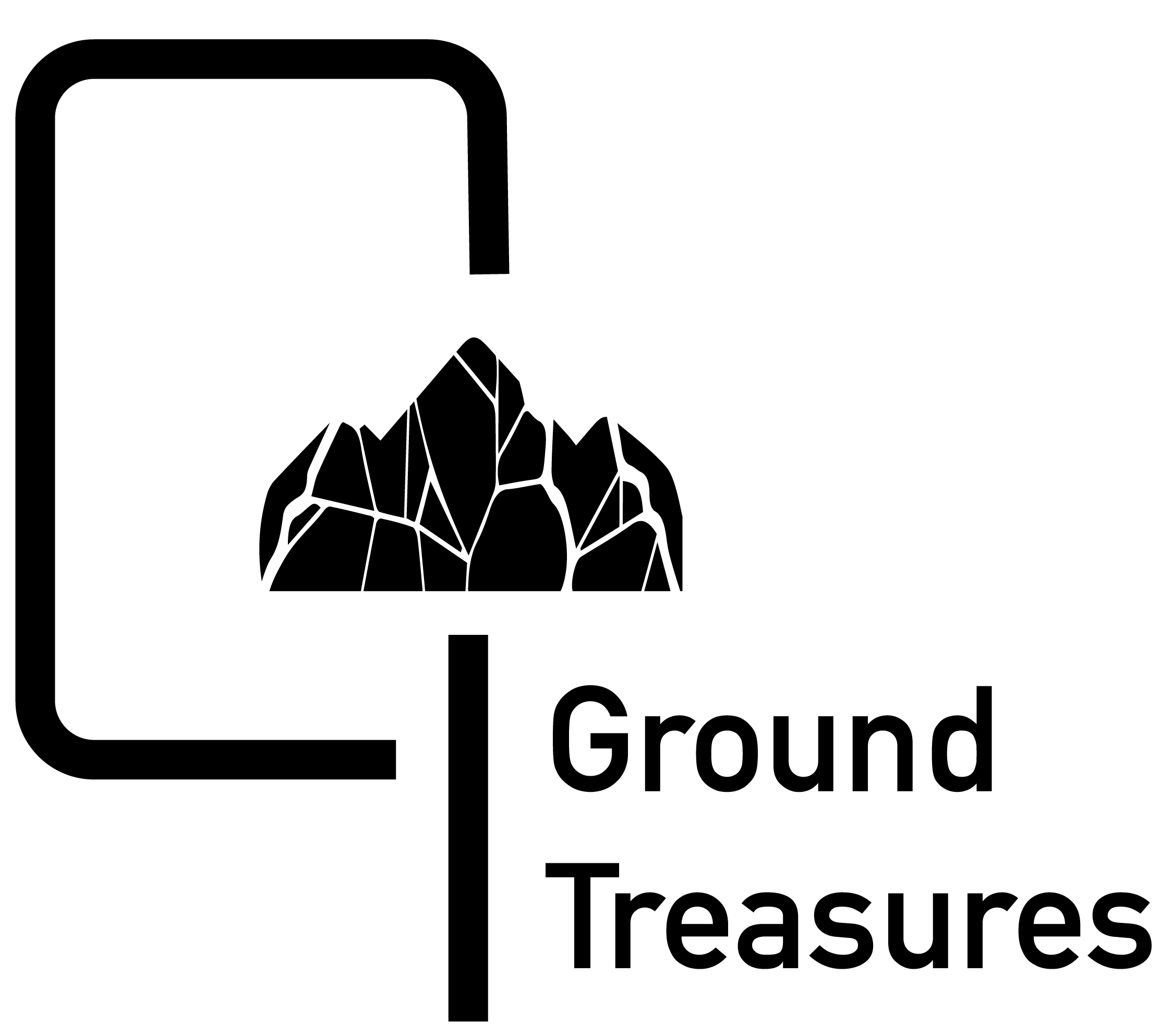Talc
About Talc
Talc is a mineral which is hydrated magnesium silicate.
Talc is a rock known as steatite or soapstone, which is composed of varying proportions of the mineral talc, often combined with other minerals such as chlorite and carbonate.
Talc is an industrial raw material in powder form, which is used in a wide range of applications.
Talc is a cosmetic powder. This is its most widely known application—but one of the smallest in terms of consumption.
Talc deposits always result from the transformation of existing rocks under hydrothermal activity. Through this process, the components (MgO, SiO2, H2O) required for forming the parent rock into talc are brought by hydrothermal water.
The size and the geometry of the final deposit depend upon the size and nature of the parent rock, and the intensity and scale of the phenomenon.
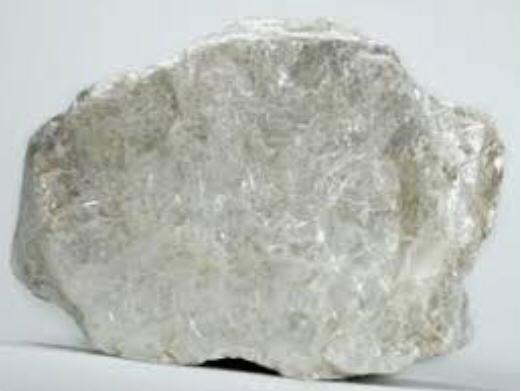
Talc Uses
Morphology
Related Minerals
Agriculture and Food
Ceramics: Talc is a phyllosilicate which imparts a wide range of functions to floor and wall tiles and sanitaryware, tableware, refractories and technical ceramics.
Coatings: Talc confers a whole range of benefits to coatings. In interior and exterior decorative paints, they act as extenders to improve hiding power and titanium dioxide efficiency.
Paper: Talc is used in both uncoated and coated rotogravure papers where it improves printability as well as reducing surface friction, giving substantial improvements in productivity at the paper mill and print house.
Personal Care: As it is soft to the touch and inert, talc has been valued for centuries as a body powder. Today it also plays an important role in many cosmetic products, providing the silkiness in blushes, powder compacts and eye shadows, the transparency of foundations and the sheen of beauty creams.
Plastics: Talc imparts a variety of benefits to polypropylene, for instance higher stiffness and improved dimensional stability.
Rubber: Talc reduces the viscosity of rubber compounds, thereby facilitating the processing of molded parts. It also improves extrudate qualities, increasing production rates and enhancing UV radiation resistance of exterior parts such as automotive profiles.

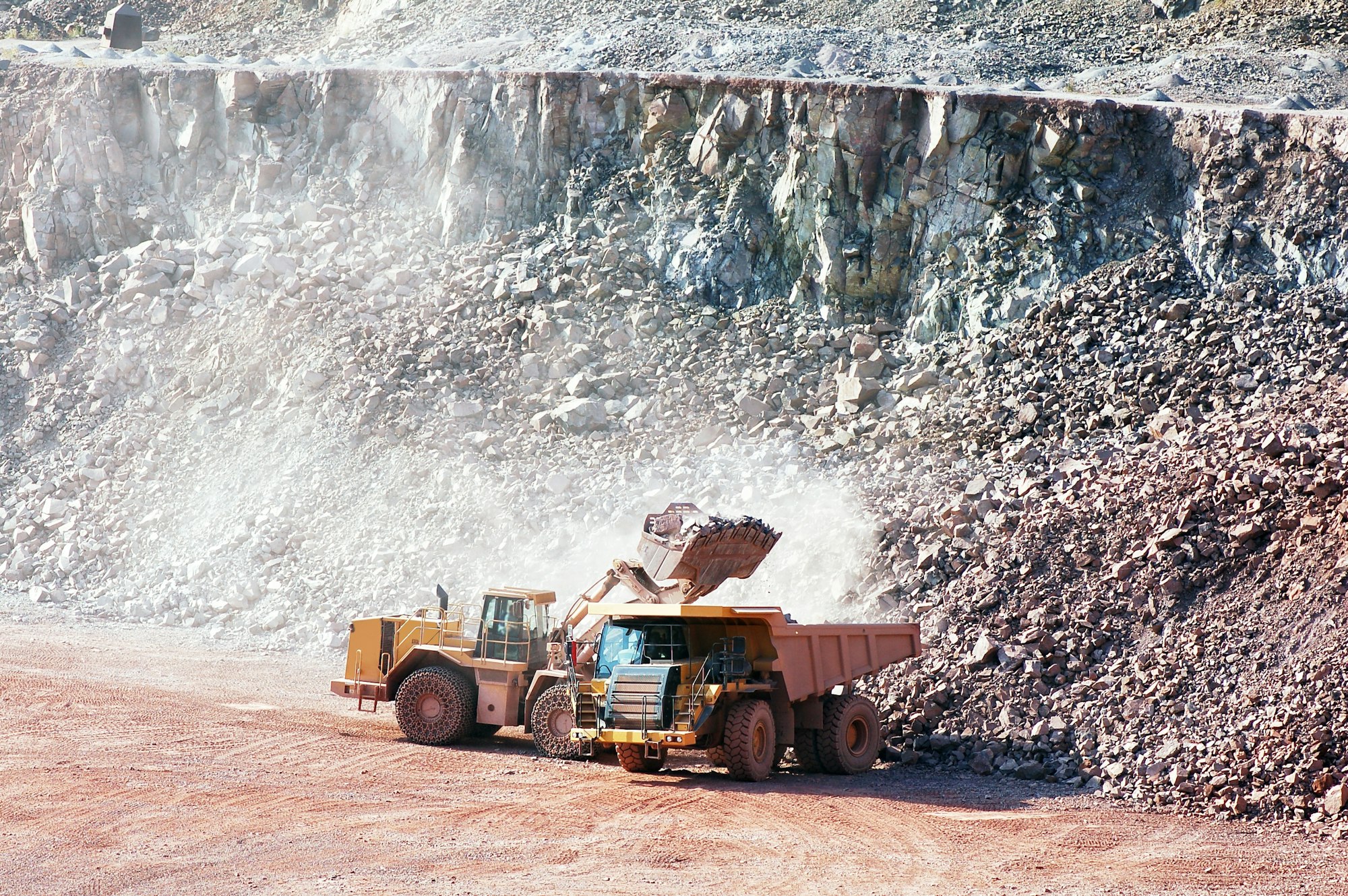
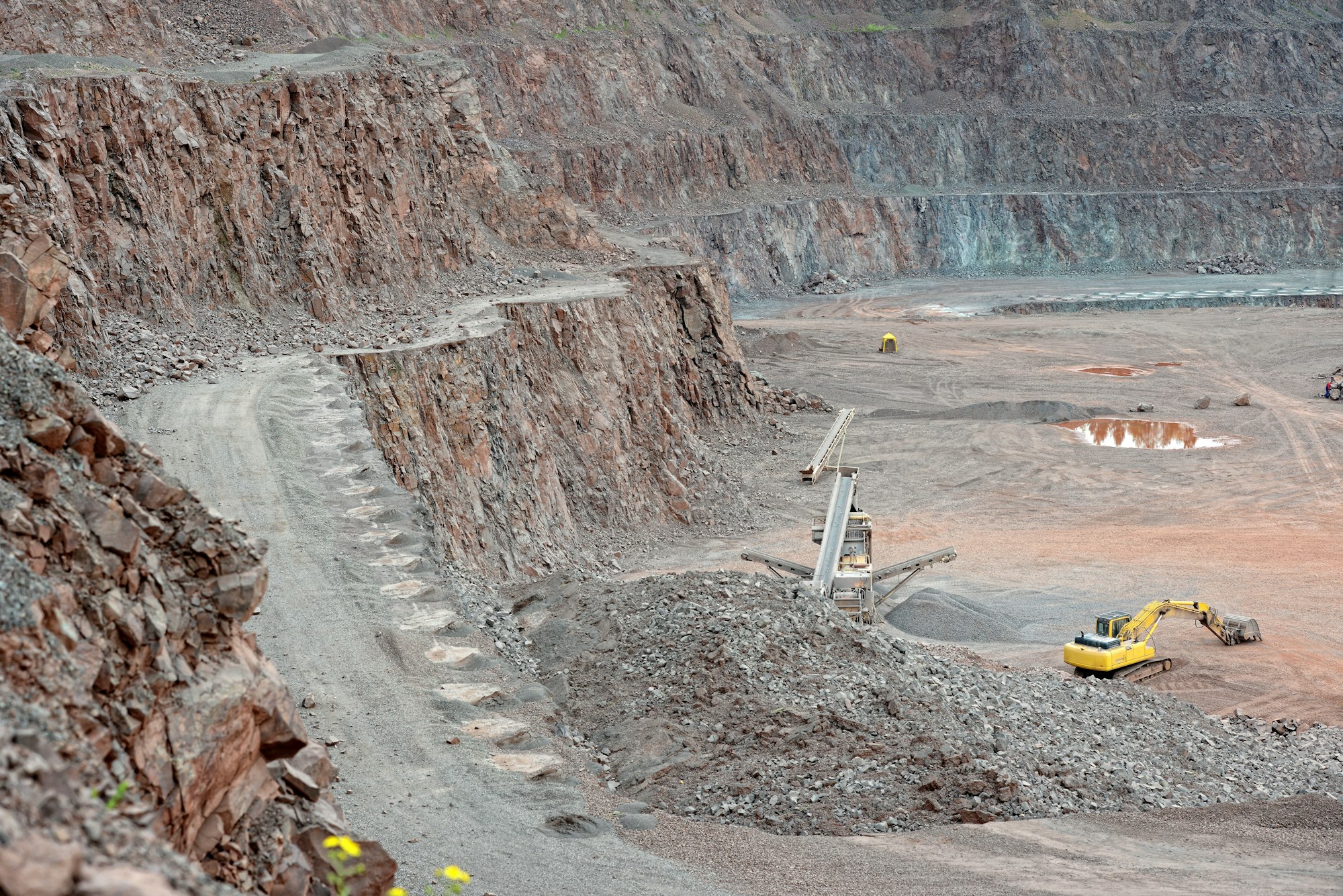
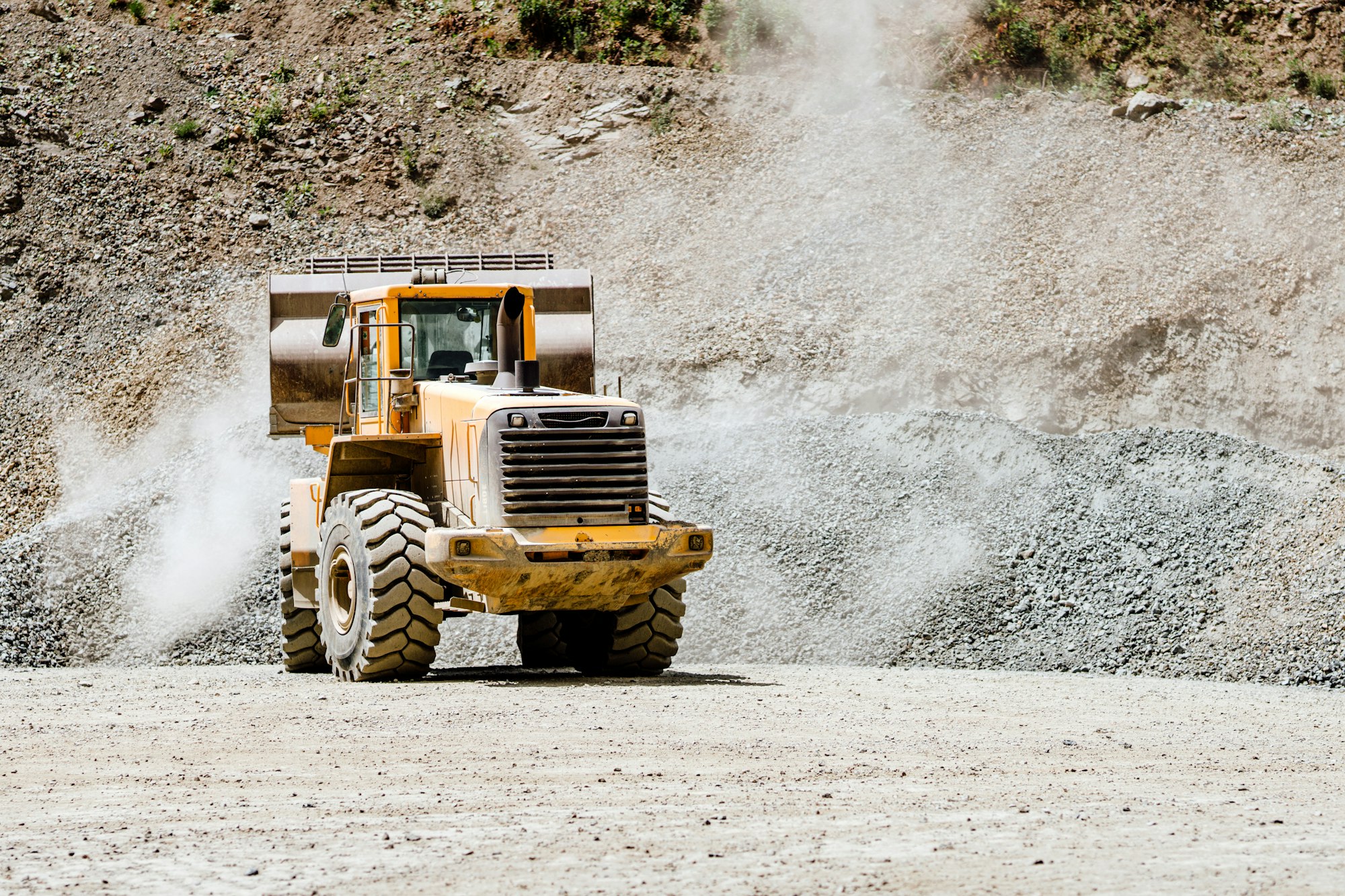
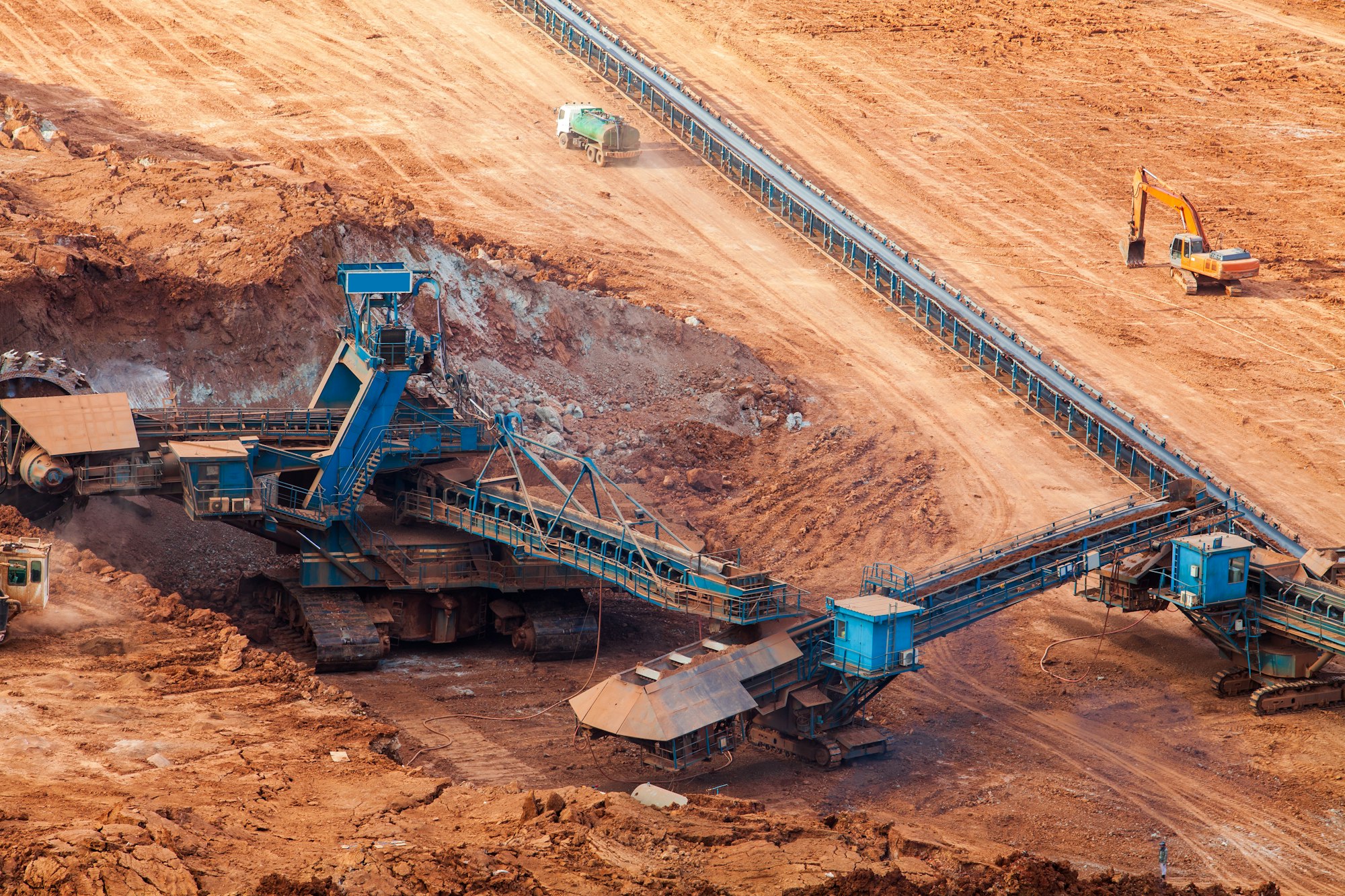
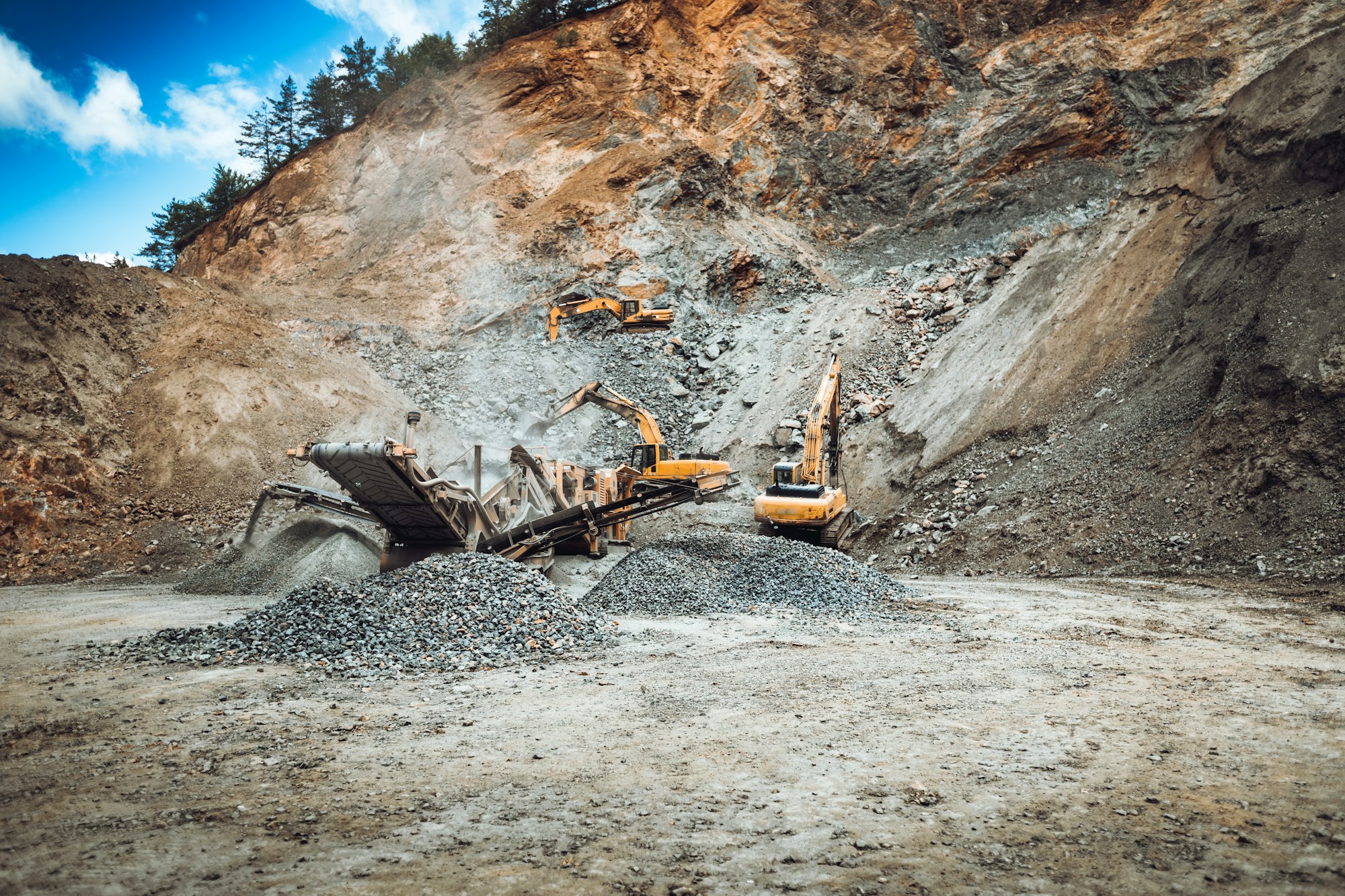
Locations in Egypt
Talcum deposits are found in more than 30 sites, most of them are located in the south-eastern desert. Among the most important of these areas are
Tarib, Al-Atshan and Umm Al-Setit.
Talc which is used in Paper, soap and some other medicines and prescriptions is existing in Wadi Al-Alqi, southeast of Aswan.
See how we're transforming the industry. Get involved today!
Unlock the potential beneath the surface. Partner with us for your next mining project. Contact us today!

